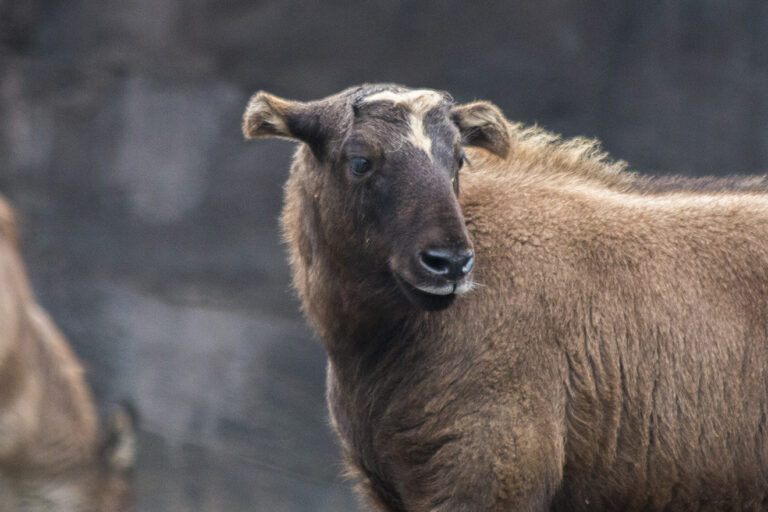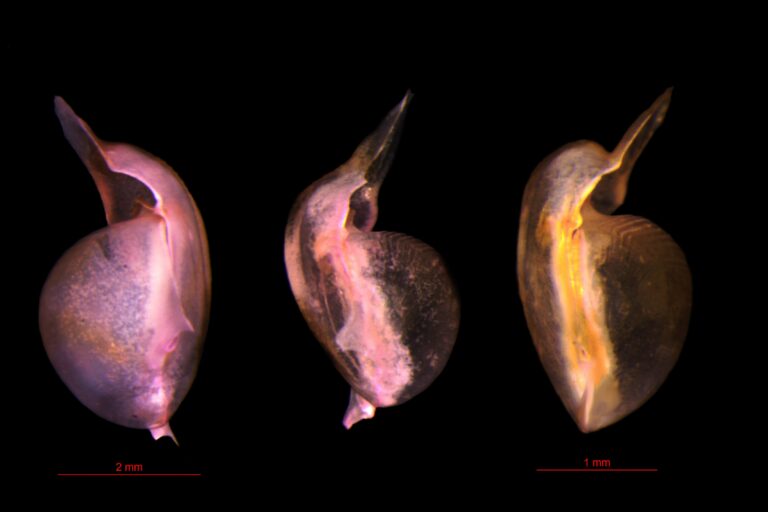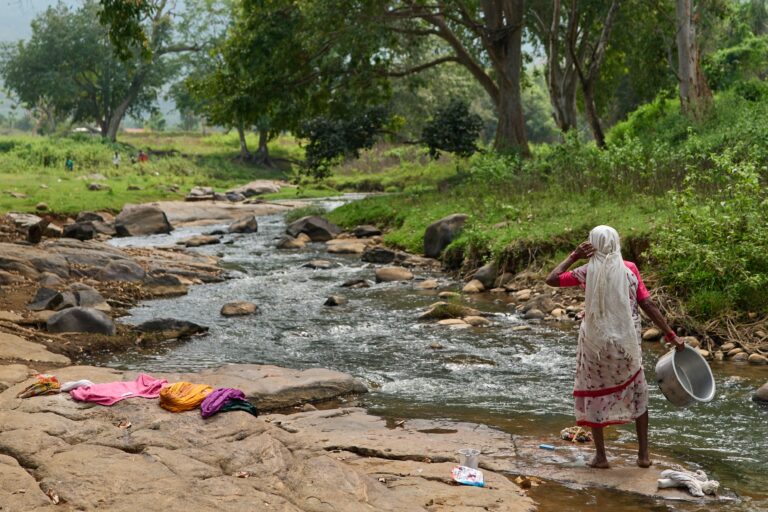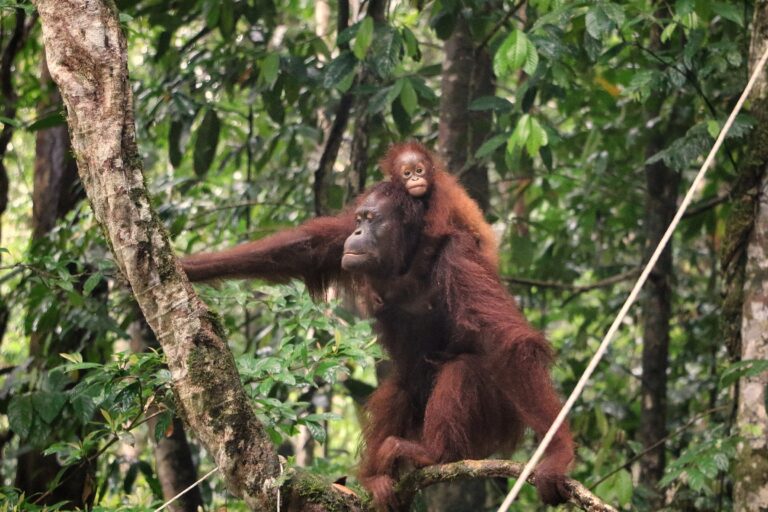- Studies find that a warming planet will change the nature of insect-crop interactions, making some regions more conducive for pest attacks, thereby impeding agricultural productivity and diminishing food security.
- Compared to tropical regions, temperate areas will witness an increase in insect attacks on crops.
- Building climate resilient agricultural practices and using existing data for future pest predictions will play a vital role in addressing the issue, say experts.
In September 2023, Rajesh Krishnan, farmer and CEO of the Thirunelly Agri Producer Company Ltd. in Wayanad, Kerala, noticed something strange in the region’s paddy crops. The crops began displaying onion-like shoots, leaving Krishnan and the other members of the FPO (farmer producer organisation) flummoxed by the unknown occurrence. “By the time we realised that something was wrong and got the regional agricultural station to intervene, we were already in the midst of a widespread pest attack,” Krishnan shares.
The onion shoot is a signature trait of the rice gall midge, a mosquito-like insect known to attack paddy crops. The pest has a short life cycle of 15-20 days and the affected tillers (grain-bearing branches) fail to produce paddy as the larva feeds on the growing shoot. Yield damages range around 30-40% of the crops, depending on the region. Apart from the onion shoot, the presence of deformed leaves and tube-like eggs are also symptoms of a gall midge infestation.
“Earlier, the main pests that we looked for were leafrollers and stem borers. We are all organic farmers and we use natural procedures to prevent an infestation by stem borers, which usually surface once every three or four years. Leafrollers are a regular feature, but they are manageable pests. We have never witnessed a gall midge attack on our farms, so we were completely unprepared for it,” explains Krishnan. He adds that the pest attack reduced their paddy yields by 50%.

Krishnan is not alone in this lament. Across the country and the world, farmers seem to be caught off-guard by insect attacks. In November 2023, the Chief Minister of Assam’s handle on X (previously known as Twitter) tweeted about an ear head cutting caterpillar outbreak that affected over 28,000 hectares of paddy fields across 15 districts in the state. The Tea Research Association also stated that pest infestations led to a revenue loss of Rs. 2,865 crore per year. Along with diseases, pests on tea plantations cause annual crop losses to the toll of 147 million kg. Similarly, last year, farmers in Afghanistan faced the brunt of devastating locust attacks that wiped out their crops, and for rice farmers in Indonesia, brown plant hopper infestation has become a significant concern.
It is a well-established fact that rising temperatures and changing weather patterns directly impact agriculture by affecting plant development rates, causing moisture loss and altering soil conditions. However, the growing number of pest reports reveals another side to how global warming will impede agricultural productivity and diminish food security.
Some pests thrive in a warmer world
In 2018, researchers across institutions in the USA published a study projecting more pest-related yield losses in the future for critical grains like wheat, maize and rice, as a result of global warming. For every degree of warming, the study estimated a 10-25% increase in crops lost to insect attacks.
The researchers elaborated that warming temperatures impact insect activities in two ways — by increasing the metabolic rate and by changing insect populations.
When temperatures increase, the metabolic rate also increases for some insects, leading to higher food consumption. This means they will resort to more crop attacks to meet their new food demands. While metabolic rate can directly impact crop yields, the effect of temperature on insect populations is a bit convoluted. Normally, an increase in temperature will increase the number of insects and their populations. But beyond a point, the high temperatures will slow down the growth, thereby reducing their numbers. Depending on the region, this can increase or have no impact on yields.
The study finds that wheat, will face the highest volume of losses as insect populations will increase in cooler regions. The losses for rice, grown in warmer regions, will stabilise when average temperatures exceed 3℃, after which the insect populations will start decreasing. In short, the colder parts of the planet will become more favourable for insect pests as warming increases.
Beyond the insect’s direct response to changing temperatures, climate change also impacts the plant’s defence mechanisms and the populations of predators and parasitoids that, in turn, influence the survival of herbivore pests. A more recent review article on the subject by researchers at the University of Neuchâtel, Switzerland, explains that an understanding of crop-pest interactions under the influence of climate change requires habitat-specific data.
“On a global scale, crop pests are expected to benefit from current and future climate change. However, substantial differences appear across biomes and species. Temperate regions are generally more likely to face an increase in pest attacks compared with tropical regions. Therefore, climate change effects should be studied in the context of local climate and local ecological interactions across biomes,” the authors explain.

The Treatise on Impact of Climate Variability and Change on Insects and Diseases by scientists from the ICAR – National Research Centre for Integrated Pest Management, New Delhi, and ICAR – Central Research Institute for Dryland Agriculture, Hyderabad, is an example of how local climatic conditions and ecological factors influence crop-pest interactions. In the exhaustive report, the researchers observed these dynamics for four important crops, rice, pigeon pea, groundnut and tomato, for a primary period of five years (2011-2016) across 24 locations, 12 agro-climatic zones and 11 states in India.
Using detailed ground-level observations, scientists were able to elucidate the reasons behind individual pest scenarios. For example, the late planting of rice followed by a higher number of rainy days in September 2013 caused a caseworm outbreak across 3000 acres of paddy fields in Mandya, Karnataka. Similarly, in 2014, Sardarkrushinagar, Gujarat experienced the lowest incidence of Lepidopterous insects that attack the pigeon pea plant because of low rainfall during the monsoon months.
With the support of the local agricultural research station, Krishnan and other farmers in Wayanad found that a combination of factors led to the gall midge attack on their paddy crops. “Usually, we receive rain around June and it peaks between mid-July and August. But last year, we experienced a delayed monsoon that began only in August, which caused us to delay sowing. Also, the monsoons delayed the appearance of dragonflies, which are predators of the gall midge. All of these factors together contributed to the pest attack we witnessed,” Krishnan explains.
Read more: Farming with AI and drones to increase yields, manage resources and reduce pests
Understanding the insect world
“Insects are of many kinds, and not all of them need the same conditions to grow and reproduce. Some insect species require higher temperatures and some require high temperatures and high humidity. The response of an insect to these changing conditions will, therefore, vary,” explains V.V. Ramamurthy, President of The Entomological Society of India.
The researcher adds that the type of insect and the response of the host plant involved makes this a complicated phenomenon to examine and understand. “Host plants also undergo changes in physiology as a result of climate influences, which affect their growth patterns. There could be a delay in leaf, stem, flower or fruit formation in the host plant, which in turn impacts the life cycle of the insect as well. The insects stay longer on the host and also may produce more generations because of favourable conditions,” he explains.
“Sucking insects like aphids are more affected by these environmental changes compared to insects that bite or chew like borers and leaf caterpillars. Sucking insects are smaller in size and often escape notice. They are also vectors for diseases, and a large population ensues an epidemic of viral diseases,” elaborates Ramamurthy.
Along with pest attacks, climate change will also influence disease occurrence in crops by altering plant-pathogen interactions, increasing the incidence of diseases in new regions and paving the way for new pathogenic strains, explains a 2023 review article.
Just like the emergence of new pathogenic strains, insects are moving to higher altitudes in search of conducive conditions, thereby attacking plants in new ecosystems, explains Ramamurthy. “When insects find a new ecological niche, their evolution is faster as they don’t have established predators in the region. The rapid spread of fall armyworm in India is an example of this,” he says.
The caterpillar stage of a moth, the fall armyworm (Spodoptera frugiperda) is a voracious eater of maize plants and is an invasive species.

Greater vigilance and the role of technology
The Food and Agriculture Organization states that invasive pests cost the global economy about $70 billion annually. Apart from losses in crops and resources, they also add undue pressure on farmers to increase their use of pesticides. Unregulated pesticide usage is a growing concern both in terms of farmer health and food contamination. Between 2020-21, 60,000 tonnes of chemical pesticides were used in India, making it imperative to understand the root cause of pest infestations and ways to combat them early on.
To minimise the use of chemical pesticides and encourage a holistic approach for crop protection, the Department of Agriculture and Farmers Welfare, Ministry of Agriculture, promotes an Integrated Pest Management (IPM) approach. Under IPM, the Government has established 36 CIPMS or Central Integrated Pest Management Centres. Besides monitoring pests and diseases, IPM practices suggest eco-friendly measures and biological control agents to manage infestations. IPM packages are available for various cereals, spices, tuber crops, ornamental crops and more. These packages provide an understanding of major pests and measures to combat them.
“In agriculture, everything is about timing. If we are going to prevent pest and disease attacks, we need to arm ourselves with information so we can act promptly,” says Andjela Komnenic, Plant Protection Expert at Plantix, a pest and disease management app that enables farmers to gain instant access to information about their ailing crops.
The app was developed in Berlin and operates from the capital city and in India. On a daily basis, Indian farmers upload images of the issues they are facing with their crops to gain a diagnosis and identify ways to treat the occurrence. The vast repository of real-time data on pest attacks can aid in developing models to predict future scenarios, she explains.
“Plantix works with farmers so they can make informed decisions about the situation in their fields. We plan to use all this data to work on pest prediction models that can help us identify patterns when it comes to the occurrence of particular crop issues. We are also looking to overlap the data with environmental conditions to see what correlations emerge. Starting with the most important crops, like rice, we are combing through data to work on these models. The process is complex and there are many challenges. After all, we are dealing with nature here and it is not all black and white,” explains Komnenic.

As agri-tech becomes a vital tool in addressing current infestations and preparing for future scenarios, researchers are also looking towards modelling data to predict pest attacks in a ‘climate changed’ future.
Karuna Singh, a research scholar at the National Institute of Technology, Delhi, recently co-authored a modelling study that showed incidence of key pests for rice and maize will decrease in the future in India, however the extent will depend on the region and will vary for each crop and the associated pest.
In an email interview, Singh shares that future investigations must employ an interdisciplinary approach involving collaboration among experts from entomology, climatology, ecology, and other related fields. “This interdisciplinary synergy can facilitate a more holistic comprehension of insect-climate interactions by integrating diverse perspectives and methodologies,” she adds.
“Limitations of simulations currently lie in data scarcity, particularly in considering factors affecting host-pest and host-disease dynamics. For example, predicting the impacts in tropical countries presents challenges due to relatively limited data availability. By combining empirical data with modelling approaches, researchers can refine predictions and pinpoint potential mitigation strategies to counteract the impacts of climate change on insect populations,” Singh states.
However, the most crucial step would be to build robust measures not just for pest attacks but for all the major threats that impede agricultural productivity due to climate influences, says Ramamurthy. Environmental changes impact not only pest interactions, but also other aspects of agriculture, which is why an overarching approach that looks at everything from seed resilience against temperature changes, water management provisions, rapid diagnosis of soil conditions and pest attacks, and immediate access to remedial measures must be developed. He also emphasises the need for cross-disciplinary action where agriculture extension agencies and disaster management authorities work together and have access to weather-related information so they can make informed decisions.
Read more: Technologies to decrease food loss and increase farmer incomes
Banner image: A spotted potato ladybird beetle that causes damage to potatoes, tomatoes, aubergine, and pepper. Photo by arian.suresh/Wikimedia Commons.














